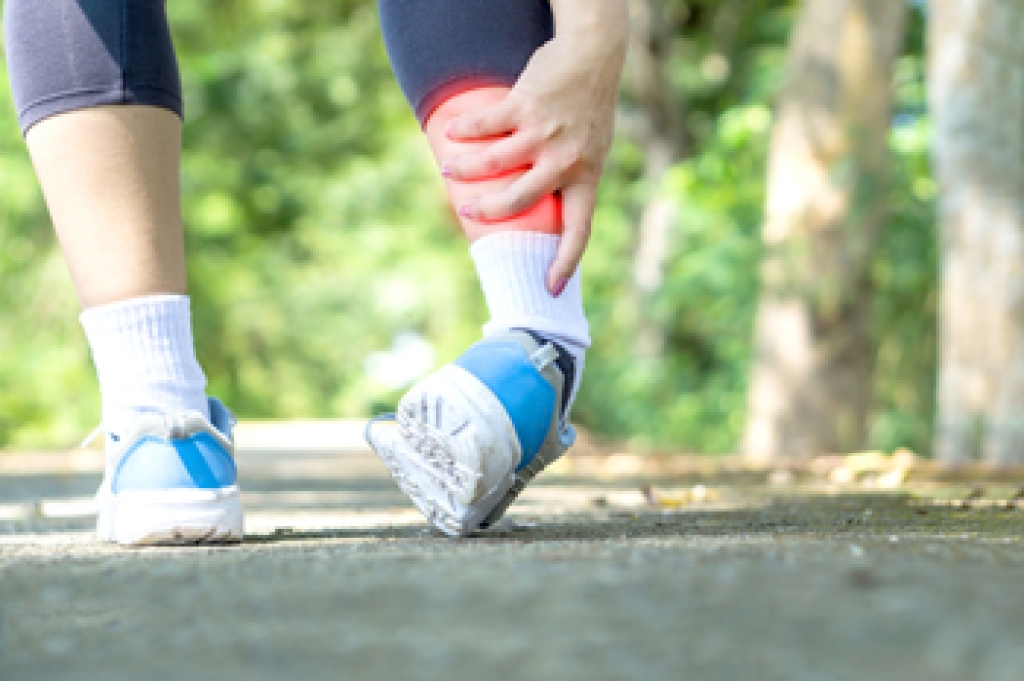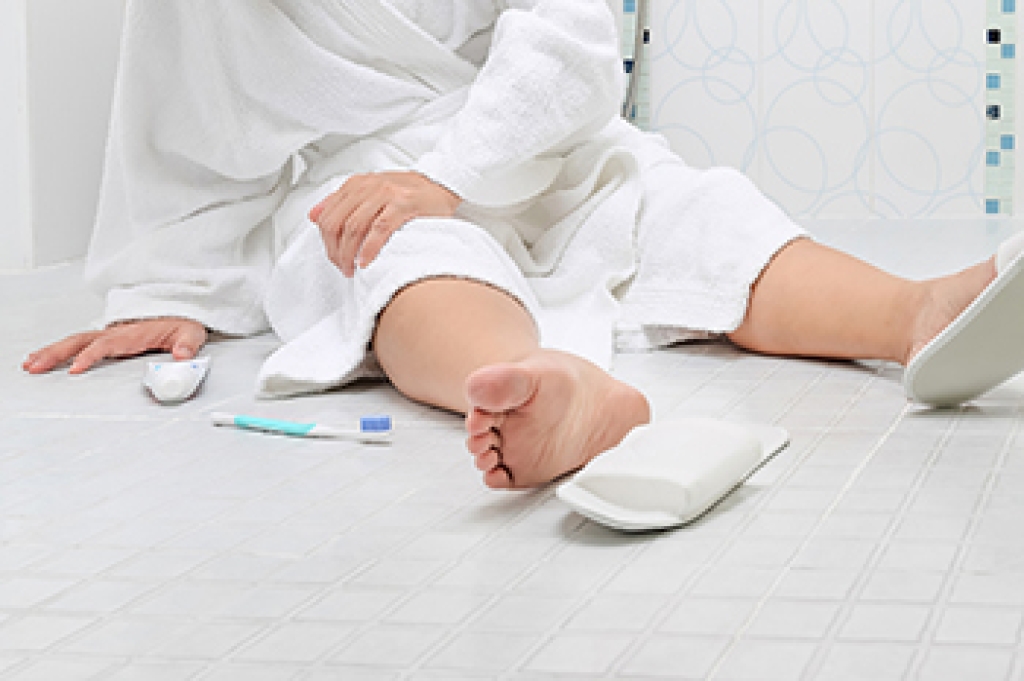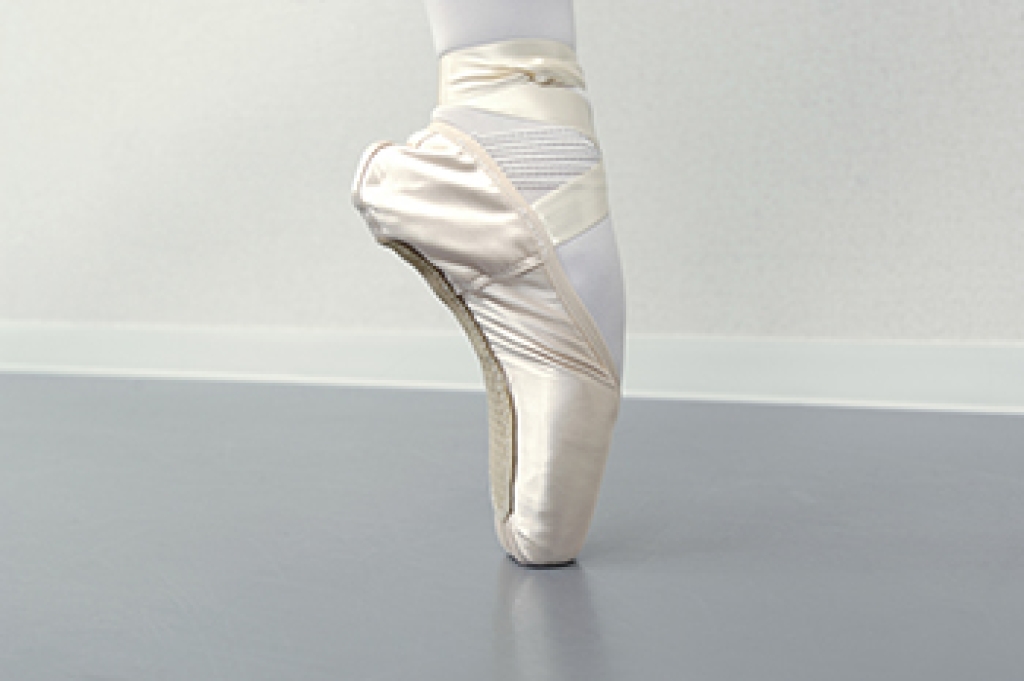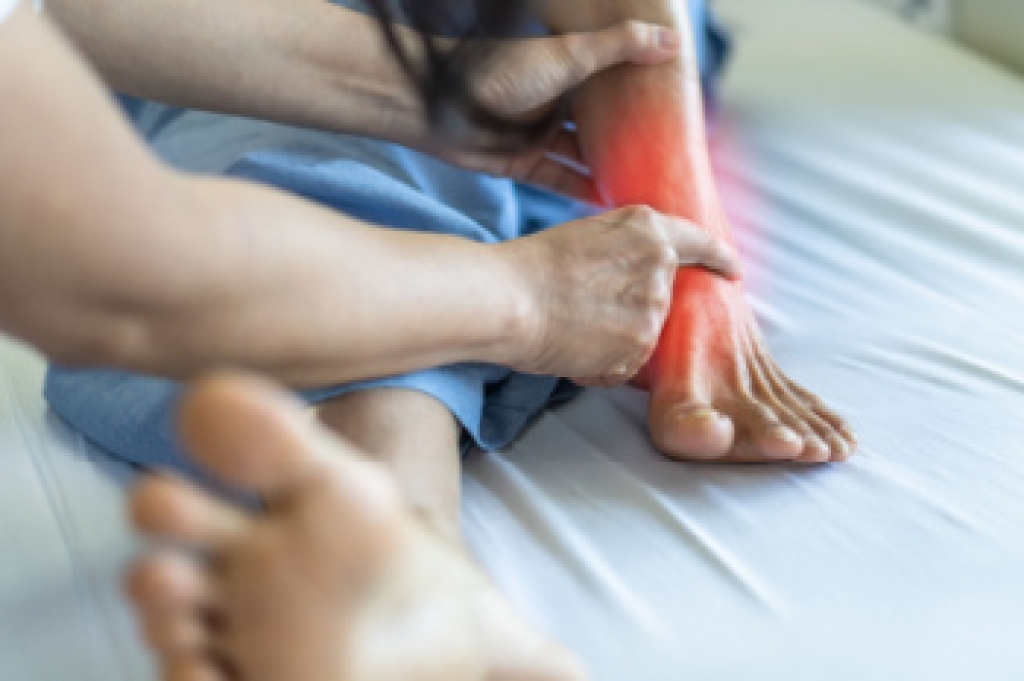
Ankle pain after running is a common issue for seasoned athletes and casual joggers alike. It can result from overuse, improper footwear, poor running form, or underlying biomechanical problems. Conditions like tendonitis, sprains, or instability can develop when the ankle is repeatedly stressed without proper support or recovery. Preventing ankle pain begins with wearing well-fitted running shoes, stretching before and after exercise, and gradually increasing running intensity. A podiatrist can evaluate your gait, recommend supportive devices like orthotics, and address structural imbalances. This type of doctor can also treat foot and ankle injuries and provide rehabilitation plans to restore mobility and prevent recurrence. If you experience ongoing ankle discomfort after running, it is suggested that you schedule a visit with a podiatrist today for expert care and guidance.
All runners should take extra precaution when trying to avoid injury. If you have any concerns about your feet, contact one of our podiatrists of Graff Foot, Ankle and Wound Care. Our doctors will treat your foot and ankle needs.
How to Prevent Running Injuries
There are a lot of mistakes a runner can make prior to a workout that can induce injury. A lot of athletes tend to overstretch before running, instead of saving those workouts for a post-run routine. Deep lunges and hand-to-toe hamstring pulls should be performed after a workout instead of during a warmup. Another common mistake is jumping into an intense routine before your body is physically prepared for it. You should try to ease your way into long-distance running instead of forcing yourself to rush into it.
More Tips for Preventing Injury
- Incorporate Strength Training into Workouts - This will help improve the body’s overall athleticism
- Improve and Maintain Your Flexibility – Stretching everyday will help improve overall performance
- “Warm Up” Before Running and “Cool Down” Afterward – A warm up of 5-10 minutes helps get rid of lactic acid in the muscles and prevents delayed muscle soreness
- Cross-Training is Crucial
- Wear Proper Running Shoes
- Have a Formal Gait Analysis – Poor biomechanics can easily cause injury
If you have any questions, please feel free to contact our offices located in Plano, Dallas, Prosper, Allen, Garland, Frisco, and Coppell, TX . We offer the newest diagnostic and treatment technologies for all your foot care needs.




